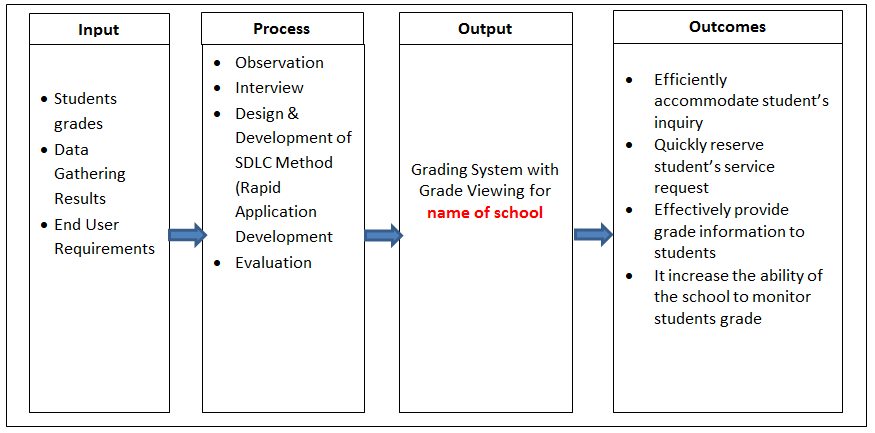Filed under: Student Loans, College, Education, Financial Education

The survey of 42,000 first-year college students in four-year and two-year schools across the U.S. covered such topics as banking, savings, credit cards and school loans. It was the latest in an annual series that started in 2012.
Although respondents have increased experience with credit cards, bank accounts and student loans compared to previous years, such "responsible planning behaviors" as budgeting and reviewing accounts decreased. In addition, increased levels of loans were matched by fewer plans of how to pay them back. Students entering two-year colleges typically had more responsible financial behaviors than those going into four-year colleges. On the whole, the percentage of students reporting responsible behaviors declined from 2012 to 2014, whether paying bills on time, reviewing bills, paying off credit cards, following budgets to limit spending or balancing checkbooks.


To some degree or other, most students entering college -- and adulthood -- over the years have had a bit of a shock, as they had to be far more active in managing their affairs than before. But the cost of school is hitting many hard. Tuition, costs of books and supplies, getting enough financial aid and having sufficient money to last a semester are significant causes of stress for many.

"All college students are stressed financially, regardless of their experience or knowledge or behaviors," Mary Johnson, vice president of financial literacy and student aid policy at Higher One, told MarketWatch.com. "The one area that seemed to make it worse is the level of student loans."
For good reason, too. Sixty-three percent of four-year students and 44 percent of two-year students taking part in the study reported having school loans. A little more than half of the latter had less than $10,000 in loans, compared to 25 percent of four-year students. And 22 percent of four-year students had more than $40,000 in loans, while only 5 percent of two-year students did.





















